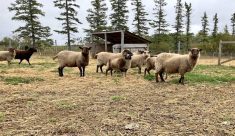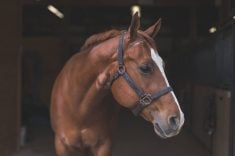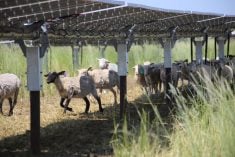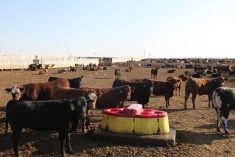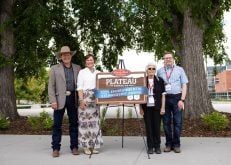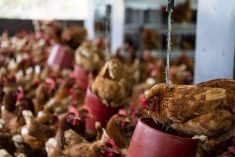The cattle business is never boring.
The last two years have produced many hair-raising situations for Alberta’s cattle producers and that’s been the case for feedlot owner Kevin Serfas, who has undertaken a massive feedyard expansion.
Based in Turin, about 50 kilometres north of Lethbridge, he runs Serfas Farms, a sizeable grain farm and feeder cattle business across multiple sites. It’s the cattle side, though, that has seen the most recent and drastic change at the farm.
Read Also
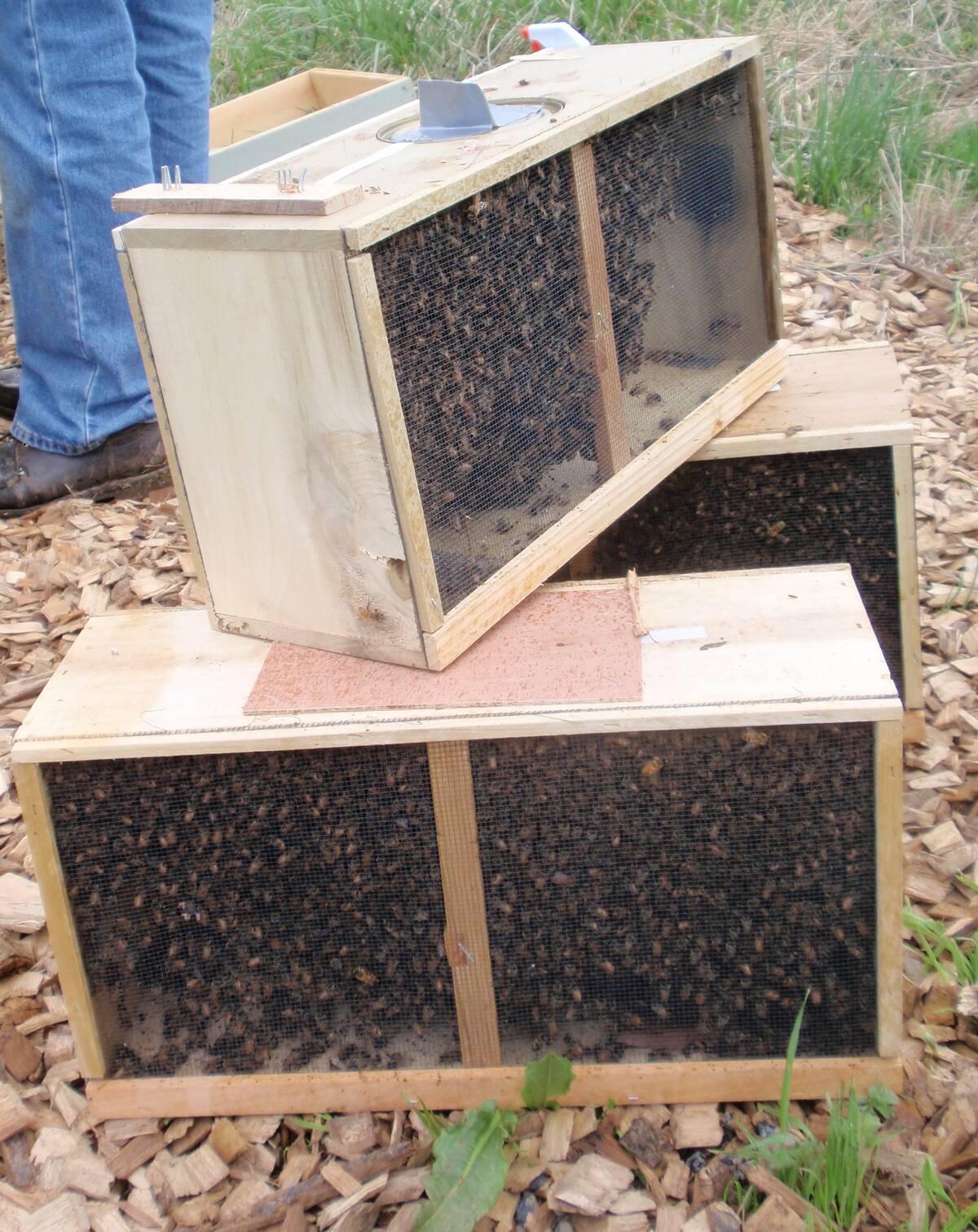
Canadian beekeepers call for regulatory accountability
Beekeepers say the Canadian Food Inspection Agency should restore U.S. packaged bee shipments, claiming the agency isn’t following evidence.
About two years ago, Serfas decided to undertake a large-scale feedyard expansion for an additional 40,000 head. Before that, he had cattle in six and sometimes seven feedyards from Nanton to Pincher Creek to Vauxhall.
How have things been since the new yard began operations?
“It’s just made everything a lot easier,” he said. “We have better control of processes and things going on. We have been very happy with the way things have gone and we put a good crew together.”
In addition to the new build, Serfas bought a smaller feedyard near Enchant, near his main farmyard. He rebuilt it and created space for another 7,000 cattle. That yard is also fully operational.

Serfas had the humility to know what he didn’t know so he visited other feedyards in southern Alberta and made careful notes about those operations. He made sure to jot down what he liked and thought he could incorporate into his own feedlot. And it took 18 months to go from idea to operation. The new feedlot has been fully stocked since December 2021.
“We hired some people that had some experience in bigger yards in the way things have worked, so again, they kind of bring some of the things they’ve learned, liked and didn’t like. We made a hybrid,” he said.
Serfas took the project as an opportunity to review all practices and procedures that he and his 40 employees follow on a weekly basis. First, the single lunchroom at the main site was eschewed in favour of three different eating areas at three sites. The time saved on coffee breaks alone has created more efficiency.
“Guys don’t have to drive three miles to go to coffee and three miles to go back,” he said.
The animals are being run with a program that puts their welfare front and centre. Low-stress handling is the name of the game for Serfas and as busy as the feedlot is, it’s not a constant din of noise because the cattle are treated calmly.
“That was one of the big things we wanted to make sure of, that there was the least amount of stress put on them,” he said. “There’s not a lot of hootin’ or hollerin’ and it’s really hard to find a cattle prod. It’s very low-stress handling.”
The site is purposefully designed with a three-barn system, each with its own bud box and squeezes that attempt to treat the animals as humanely as possible. The bud boxes are a hit with drivers and the animals respond well too.
“Our cattle load-in and load-out is all done in this bud box style,” Serfas said. “Not a lot of guys got that system in their feedyards, but when truckers show up, they love it, it goes so fast.”
The site also has a new feed mill. Though Serfas admits it is overbuilt, it will be suitable for future growth. The mill has room for 4,000 tonnes of raw storage as well as 600 tonnes of rolled product.
“We wanted to make sure it was big enough so you’re not running out of grain or trucks aren’t getting turned around because there’s not enough room,” he said.
Trucks can roll in, unload within 15 minutes and drive out. These were must-have features for Serfas, who made sure the facility was designed with efficiency above all else.
Although the feedlot is running, Serfas already sees ways to improve.
If money was no object, he said he would have had high-load-tolerant roller compacted concrete (RCC) installed throughout, but that comes with a high price tag. While he did install the surface on the smaller, 7,000-head feedlot next door, he plans to spend the next decade to slowly convert the new lot to RCC, which is easy to clean and maintain.
Serfas is keeping a close eye on crop prices. He is glad they are at all-time highs but knows they will eventually drop.
“What scares me is that this is going to turn around. These record grain prices and fertilizer [prices] are going to drop,” he said. “You just don’t want to be on the wrong side of it when it happens or have expensive grain that could have been sold but you didn’t and the thing tanks on you. There’s a bit of a balancing act there.”
Similarly, he has concerns about the shrinking national cow herd because the feedlot needs incoming feeder cattle. But ultimately, he is focused on things he can control.
“You can’t build a new feedyard and then worry about the next year,” he said.
There’s no slowing down in southern Alberta, and Serfas doesn’t plan to take his foot off the gas simply because his latest project is working well.
“There’s always stuff on the go. We’ve never been ones to be idle. We take pretty calculated looks at different opportunities. If they make sense, we roll with it.”



